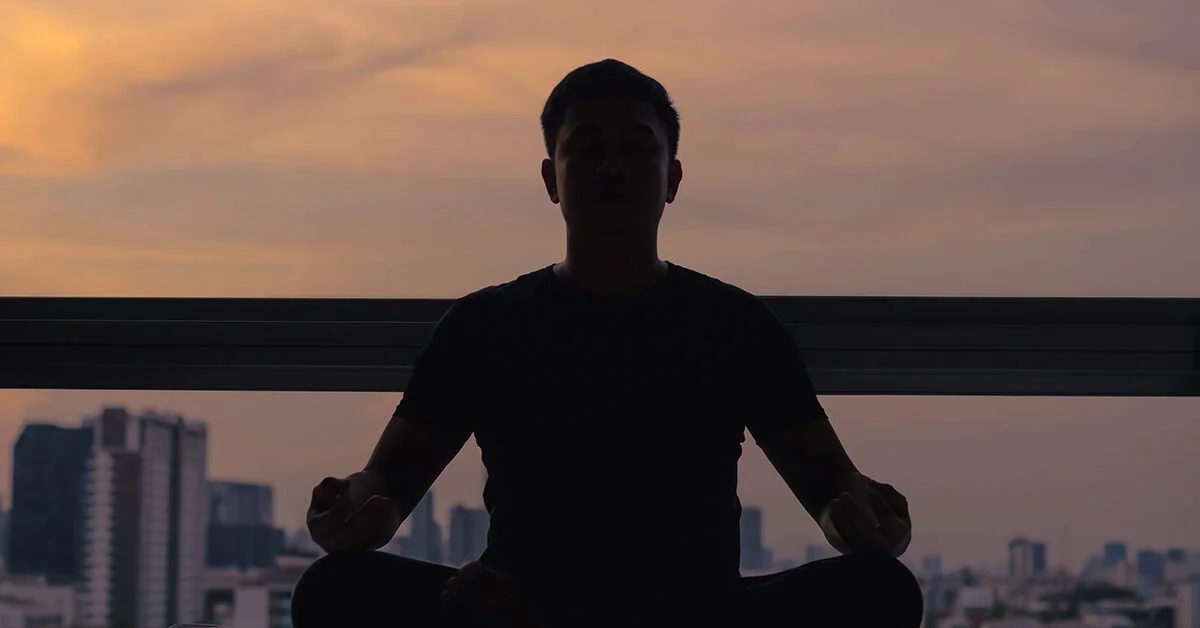
Coping With Chronic Pain Through Mindfulness and Meditation
Chronic pain is one of the most widespread and debilitating conditions, affecting over 100 million Americans annually at a cost to society of $635 billion.
Research has demonstrated that meditation can reduce pain through specific neural pathways. Additionally, it increases the body’s own opioid-blocking chemicals, leading to greater comfort levels overall.
Breathing Exercises
Breathing exercises are an invaluable resource for those living with chronic pain. Not only do they reduce stress, lower blood pressure and elevate moods, but they can also provide emotional support.
Breathing is essential for our health, providing oxygen and other essential nutrients to the body. However, some people find it challenging to breathe properly when feeling anxious or stressed out, particularly when feeling overwhelmed with anxiety or stress.
When someone is experiencing pain, they may tend to hold their breath and breathe shallowly – this can exacerbate their discomfort as well as other symptoms. Conversely, breathing deeply with the diaphragm rather than using chest muscles can improve breathing quality by relaxing muscles around the diaphragm.
Breathing exercises are an excellent way to manage chronic pain and can be done anytime, anywhere – without needing special equipment or a quiet space. Since there are various types of breathing exercises, it may be best to experiment with several before finding one that works best for you.
Guided Imagery
Guided imagery is a meditative technique that utilizes all your senses to help soothe the mind. This includes visual, audio, tactile, gustatory and olfactory sensations.
Guided imagery is a therapeutic technique used to improve physical function, reduce pain and stress, and alleviate anxiety. Research has indicated it to be an effective treatment for chronic conditions like arthritis, fibromyalgia, and cancer pain.
Guided imagery can help you relax both body and mind. Imagine a peaceful scene from nature or something special to you such as your home, workplace or family.
Body Scan Meditation
Body scan meditation is an effective tool to reduce stress, enhance pain management skills and foster self-compassion. It’s a straightforward yet powerful practice that can have a substantial effect on your wellbeing and quality of life.
Body scan meditation is a guided mindfulness exercise where you scan your entire body. You can start by moving from your head to your feet, or work your way up and down the body.
Once you are finished, move onto another body part. As you scan, pay attention to any bodily sensations and acknowledge them if they feel uncomfortable.
When you feel tension or pain, focus on the sensations and breathe into them. After a minute or so, visualize the pressure, aches, or discomfort leaving your body and dissipating into the air.
You can also use a guided body scan meditation app to stay motivated. Just be sure to practice regularly, even if it’s only for a few minutes each day.
Relaxation Techniques
Relaxation techniques help to relieve stress and anxiety, thus relieving pain and inflammation. They may also improve your mood, energy level, and concentration levels.
Some relaxation techniques include breathing exercises, progressive muscle relaxation, visualization and distraction. These can be learned and practiced at home or in a health care setting.
Additionally, mindfulness meditation – which encourages us to be present and acknowledge painful experiences without judgment or negative thoughts – has been proven effective for treating chronic pain.
If your pain persists despite attempts at relaxation, cognitive behavioral therapy (CBT) may be beneficial. CBT helps patients alter the negative thoughts and beliefs that contribute to their discomfort, often in conjunction with other relaxation techniques for maximum effect.


